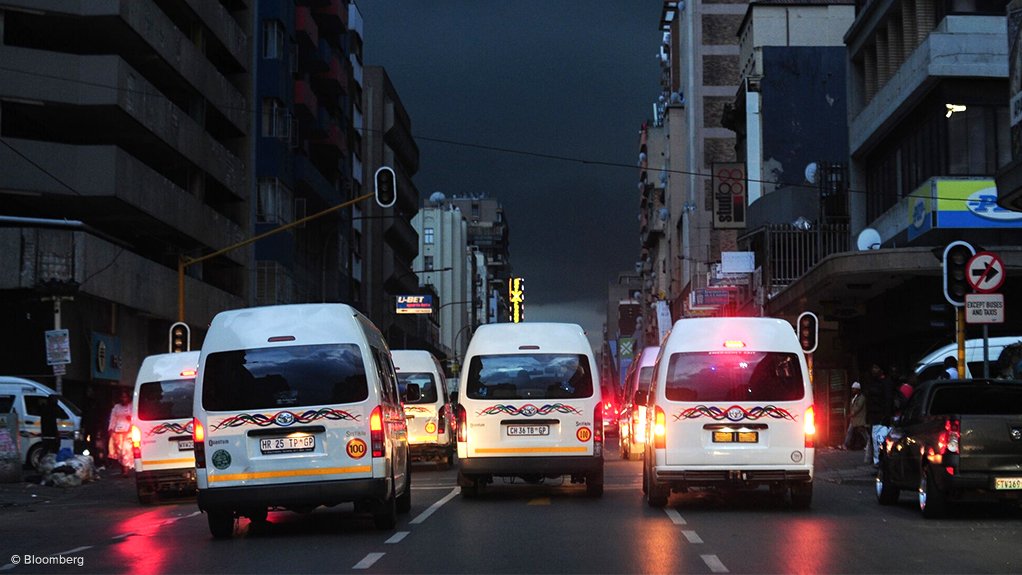Electricity Minister Dr Kgosientsho Ramokgopa has attributed the “unwelcome” resumption of Stage 6 loadshedding, during which business and residential areas experience rotational cuts for as much as half of the hours in the day, to a combination of higher planned maintenance and a spike in unplanned breakdowns.
During a virtual briefing convened after Eskom reported that it would implement Stage 6 until further notice, Ramokgopa reported that Eskom had started ramping up planned maintenance as it exited the high-demand winter period, during which such outages had been capped at 2 500 MW.
Over the past seven days, an average of 5 844 MW had been removed for planned outages, which Eskom generation head Bheki Nxumalo said was in line with its outage schedule and which did not represent an overly aggressive ramp-up for the start of the summer maintenance period.
However, the ramp-up had coincided with a spike in unplanned breakdowns, which breached 17 290 MW on September 5 and had averaged more than 15 500 MW for the period since August 28, while partial load losses had averaged above 5 895 MW.
Eskom has indicated previously that the intensity of loadshedding will significantly rise every time unplanned breakdowns increased above 15 000 MW.
Nxumalo said generation problems started to become acute on September 2, when it lost units at Hendrina, Arnot, Drakensberg, Tutuka, Duvha and Kendal, which depleted its pumped hydro reserves and resulted in an intensification in the stages of loadshedding. The situation could also not be recovered on Sunday and Monday, owing to the loss of units at Majuba, Kendal, Medupi and Kriel.
However, he reported that he expected that various units would be returned in the coming days, which would enable Eskom to taper down loadshedding towards the latter part of the working week.
No prognosis was provided for the system for the rest of the high-maintenance summer months, with Eskom having scheduled a seasonal outlook briefing for September 26.
However, Ramokgopa insisted that there would be no compromise on planned maintenance, particularly now that Eskom, in line with the R254-billion debt-relief package extended to it by the National Treasury, finally had the financial certainty to prepare for such outages and to secure the necessary spares and skills.
“We have to do this work,” the Minister said, while acknowledging that the planned outages would decrease plant availability and could, thus, result in periods of intense loadshedding should plants continue to break down.
Both he and Nxumalo also held firm to their argument that the performance of the fleet was on an upward trajectory, even though the energy availability factor (EAF) has remained below its already low level in 2022 for the year-to-date.
Nxumalo argued that this was largely attributable to the loss of the three Kusile units and the delayed return of Koeberg Unit 1 from its extended outage undertaken to prepare the unit for a 20-year life extension.
He argued that, if the 3 000 MW from Kusile and Koeberg could be stripped out, the EAF of the balance of the coal fleet would have shown an improvement during winter 2023 over what had been the case in the prior year’s winter.
The three Kusile units, Nxumalo confirmed, would be returned at full nameplate using temporary stacks and would be returned in phases on a schedule that was ahead of the one initially outlined. In addition, Kusile Unit 5 would also synchronise to the grid simultaneously in November.
There was also growing optimism that more units would be returned stably from the troubled Tutuka power station, where Eskom is seeking to recover 1 680 MW by January.
Any notion of the fleet having been run harder during the recent BRICS summit, when cuts were reduced to low levels, was also dismissed out of hand.
Ramokgopa insisted that loadshedding was implemented regardless of events and said that Eskom could, thus, not guarantee that there would be no cuts during the Rugby World Cup, in which the Springboks were seeking to defend their title as world champions.
EMAIL THIS ARTICLE SAVE THIS ARTICLE ARTICLE ENQUIRY
To subscribe email subscriptions@creamermedia.co.za or click here
To advertise email advertising@creamermedia.co.za or click here











